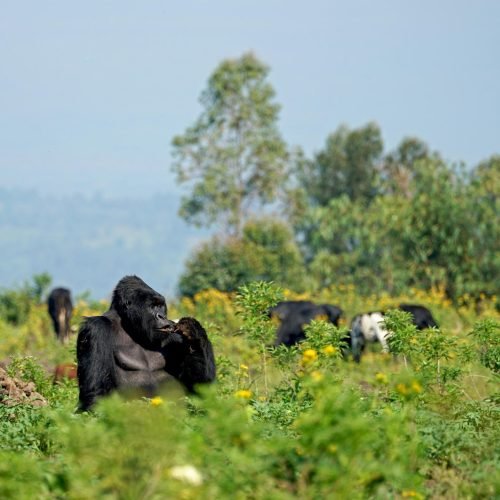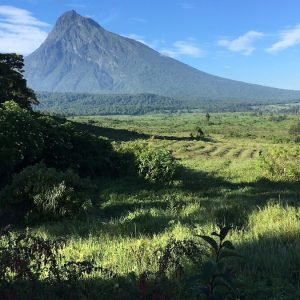Virunga National Park is a national park in the eastern Democratic Republic of Congo. It was created in 1925 and is one of Africa's oldest national parks.
The Virunga National Park is famous for its exceptional biological diversity, including the critically endangered mountain gorillas. It has also been on UNESCO's World Heritage List since 1979.
The park covers an area of around 7,800 km2 and encompasses a wide variety of ecosystems, from active volcanoes and mountain ranges to vast expanses of tropical forest and savannah.
It is also crossed by the northern part of the Albertine Ridge, a mountain range that forms the border between the DRC and Uganda.
Due to its natural wealth and ecological value, Virunga National Park is home to a great diversity of flora and fauna, including chimpanzees, elephants, buffalo, antelopes and over 700 species of birds.
However, the park has also faced many challenges, including deforestation, poaching and armed conflict in the region. The park's rangers have been engaged in an ongoing struggle to protect endangered flora and fauna, at the cost of many sacrifices.
In addition to its conservation aspects, Virunga National Park also offers opportunities for sustainable tourism, including safaris, hikes and encounters with mountain gorillas. These activities enable visitors to discover the natural beauty and exceptional biodiversity of the region, while contributing to the protection of the park.
In a nutshell, the Virunga National Park in the Democratic Republic of Congo is a natural jewel and a unique biodiversity reserve. Home to iconic species such as mountain gorillas, it offers visitors the chance to discover unspoilt wilderness while supporting conservation and sustainable development in the region.





